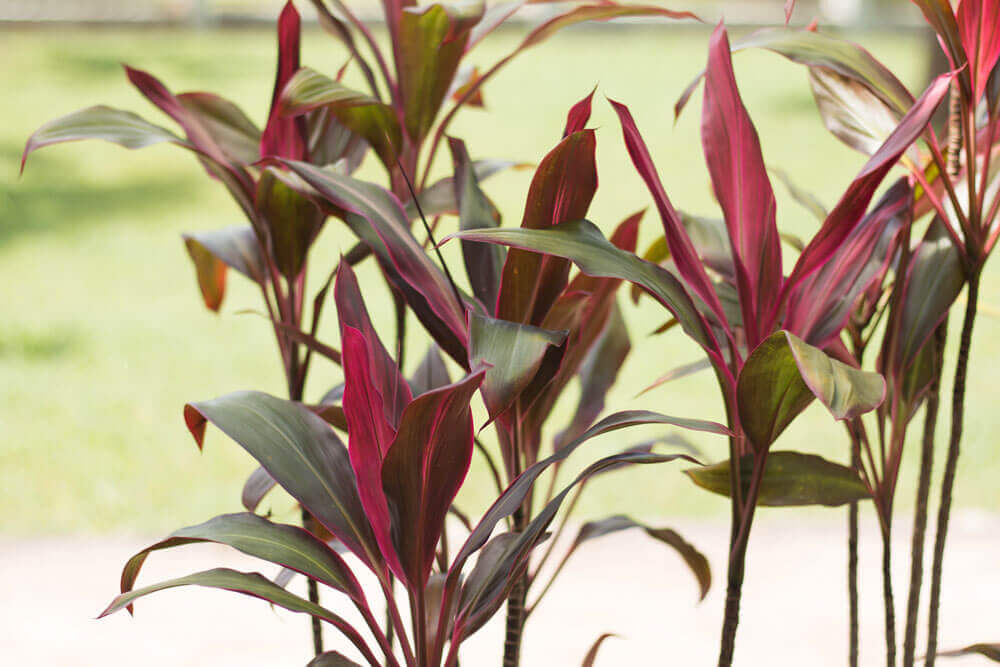Cordyline: Identification, plant Growth and reproduction

Learn about the plant
Genus of 15 types of evergreen shrubs or shrub-like, woody-stemmed perennials, the bigger one resembling hands, found on open up hillsides and also in scrub and open woodland in S.E. Asia and also the Pacific, which includes Sydney. The varieties and varieties of Cordylines are often wrongly identified as and offered as Dracaenas. You might find the most popular Cordyline terminalis labeled as a Dracaena terminalis along with its favorite English label is Reddish Dracaena. Regardless of the frustration, you will find very clear-minimize variations. Cordyline carries a sneaking rootstock, and its particular origins are white-colored and knobbly. Dracaena includes a non-creeping rootstock along with the clean-surfaced origins that are deeply discolored or orange. Most Cordylines are fake Palms – the leafless woody trunk and crown of leaves offering a unique Palm-like physical appearance; however, they may be unrelated to the True Hands.
Plant growth conditions
Typical heat in summer – minimal 60F in winter. Brilliant gentle or whole light.
Keep rich compost wet at all times. Water sparingly in the winter months. Misting is important.
Plant reproduction
Consider stem cuttings in the spring season. Sow seed within a cold frame once ripe.
